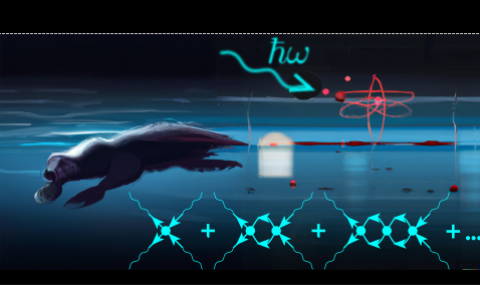Waveguide quantum electrodynamics for photon-photon interactions
Waveguide quantum electrodynamics is an emerging field of quantum optics studying interaction of photons propagating in a waveguide with localized quantum emitters. Depending on the platform, the quantum emitters can be realized as semiconductor quantum dots, quantum solid-state defects, cold atoms, or superconducting qubits. Such systems are promising for quantum information processing, quantum memory applications, generation and detection of quantum light.





